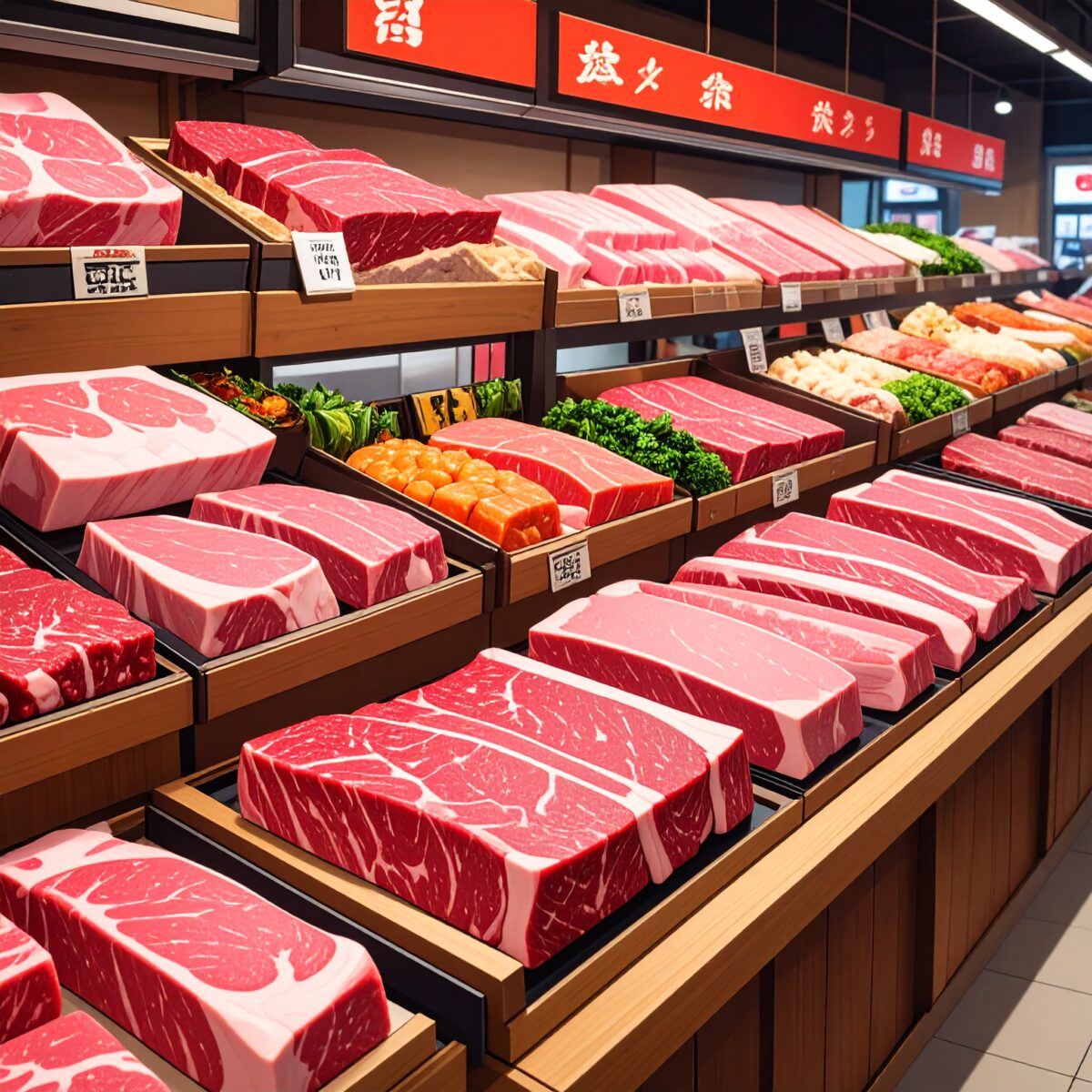Once primarily consumed domestically, Japanese Wagyu has evolved into a global brand, drawing international attention under the “Wagyu” banner. The momentum is reflected in the numbers: according to Japan’s Ministry of Agriculture, Forestry and Fisheries, export values for Japanese beef have surged more than tenfold over the past decade. Major markets—centered in the Asia-Pacific region—include Hong Kong, the United States, Singapore, Thailand, and Taiwan, with demand continuing to climb, especially among affluent consumers. What explains this extraordinary global appetite for Wagyu? The answer lies at the intersection of quality, culture, strategy, and perfect timing.
At the heart of Wagyu’s appeal is its signature marbling, known as sashi. These fine fat veins interwoven with lean muscle not only offer visual elegance but translate directly into flavor and mouthfeel. The low melting point of the fat delivers a velvety, melt-in-the-mouth sensation, accompanied by a distinctive aroma—creating a dining experience unparalleled by other beef. In nations where steak and yakiniku culture thrive, this sensory revelation has captivated both chefs and consumers alike.
Moreover, Japanese Wagyu’s allure extends beyond its texture and taste to the story behind its raising. With stringent pedigree control and individual ID tagging, every cut can be traced back to its origin—encompassing birthplace, rearing environment, and husbandry methods. This level of traceability is rare among luxury food items and reinforces consumer confidence. Coupled with meticulous breeding practices—from feed and water quality to stress management—the narrative of “carefully nurtured cattle” becomes a powerful element of the brand’s value proposition.
Beyond its exceptional quality, Japanese Wagyu carries the aura of a cultural treasure. As Japanese cuisine has gained global stature, enjoying authentic Wagyu has become a sought-after luxury experience—one that connoisseurs and affluent diners cherish. In Asia, where trust in Japanese culinary standards is deeply rooted, a growing number of affluent and gourmet consumers seek to recreate the flavors they enjoyed in Japan at home. Whether on menu in upscale hotels or Michelin-starred restaurants, Wagyu has evolved into a symbol of culinary prestige.
Japan has also provided strategic governmental support. Recognizing agricultural exports as a pillar of national growth, the government has actively advocated for lifting Wagyu export restrictions. In 2019, exports to the U.S. were fully liberalized, followed by expanded access to Australia and EU markets. A comprehensive public-private effort has built the necessary infrastructure—quarantine and health protocols, export routes, and industry expertise—transforming what was once a domestically focused sector into a globally oriented growth industry.
Yet the rise of Wagyu has brought intensified global competition. In countries like Australia and the U.S., Wagyu-cross breeds are being marketed widely—often as “Japanese Wagyu Style”—though they are not true Japanese Wagyu. Consumers often struggle to discern the difference, creating brand confusion. In response, Japan is strengthening trademark protections and regional branding, ensuring that designations like “Kobe Beef” and “Matsusaka Beef” remain clear, differentiated markers of authenticity.
The surge in exports also introduces challenges. Supply remains inherently limited—given the extensive time, cost, and expertise required to raise premium Wagyu. Maintaining supply–demand balance and controlling prices will be key. Additionally, managing overseas distribution, safeguarding brand integrity, and ensuring consistent quality abroad are critical hurdles for sustainable global growth.
Ultimately, the global success of Wagyu is clear—not merely because it is tender or richly marbled. Its strength lies in a fusion of deeper qualities: lineage and meticulous husbandry, the cultural depth of dining traditions, compelling narratives, and the assurance of safety and trust. These combined values transform a single plate into an extraordinary experience with profound meaning.
The future status of “Wagyu” on tables around the world hinges on whether Japan’s producers and export industries can maintain the authenticity at the core of this brand. Upholding Wagyu’s legacy is not just about avoiding being a passing trend—it’s about envisioning a future where each meal acts as a bridge between Japan and the world, carrying with it a deeper legacy and promise.




